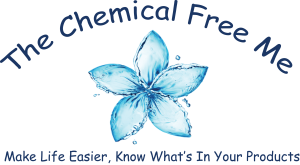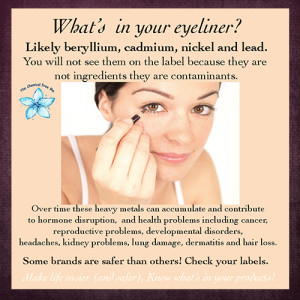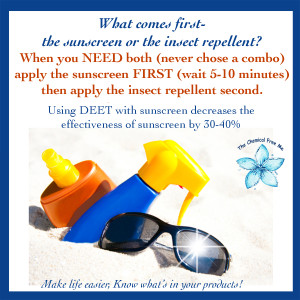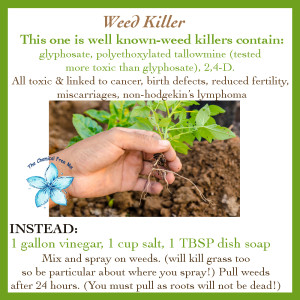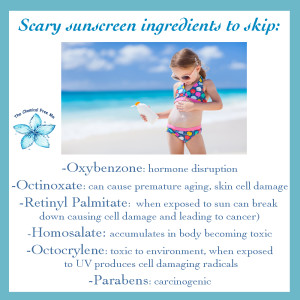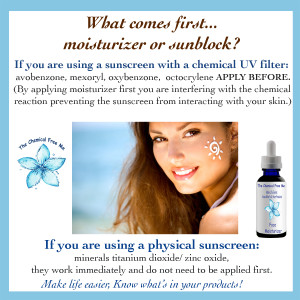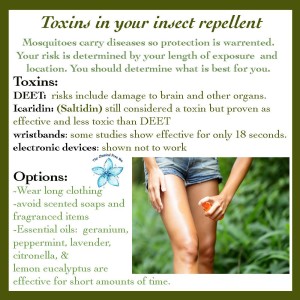Are Toxins in your Mouthwash?
We were all taught to brush, floss and use mouthwash. Is mouthwash helping your mouth or hurting it? The two main ingredients found in mouth are Chlorexidin and benzidamine. Both these ingredients are suspected to be damaging to DNA. Altered DNA has shown to initiate degenerative diseases including cancer.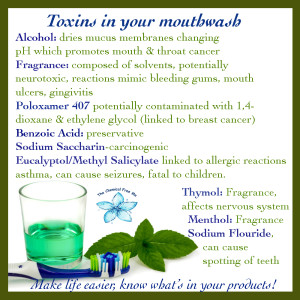
Although mouthwash is not swallowed, it is absorbed into the mouth tissues and does enter the blood stream. In addition residue can be swallowed causing good gut bacteria to be destroyed. Other studies have shown that mouthwashes with a lower pH can cause enamel erosion. If you are using a low Ph mouthwash it should never be used prior to brushing as you will soften enamel and brush it away.
The goal of mouth wash is supposed to be to eliminate bad breath caused by food and bacteria stuck in your teeth. While mouthwash will temporarily accomplish this, the high alcohol content dries your saliva glands making them unable to wash away bacteria-thus causing more bad breath.
A better solution? Oil pulling. Personally I add clove and peppermint essential oils for their benefits.
